We live in an era of unprecedented mental stimulation, and mental detox is most certainly in order.

Our brains are going haywire with tasks and half-finished to-do lists. We’re stressed to the max, overwhelmed, and mentally exhausted. The average person encounters 5,000 advertisements daily, checks their phone 96 times, and processes 34 GB of information—enough to crash a laptop from the 1990s. Yet somehow, we expect our brains to handle this cognitive overload without breaking down.
Mental detoxing isn’t about emptying your mind or escaping reality. It’s about intentionally clearing the mental clutter that accumulates daily, much like tidying a room so you can actually use it effectively. When you detox your mind regularly, you create space for creativity, clarity, and calm to emerge naturally.
In this comprehensive guide, Blossom Your Awesome will teach you exactly how to do a mental detoxusing seven evidence-based steps. You’ll learn to recognize when you need a mental reset, understand what mental detoxing really means, and develop a sustainable practice that fits your lifestyle.
Whether you’re dealing with everyday overwhelm, such as anxiety and stress, or experiencing more intense mental fog, these techniques will help you reclaim your mental space and rediscover what it feels like to have a clear, peaceful mind.
Table of Contents
What Is a Mental Detox (And What It’s NOT)
A mental detox is the intentional practice of clearing accumulated mental clutter—the thoughts, emotions, information, and stress that build up in your consciousness like dust on a bookshelf. Just as physical detoxing helps your body eliminate toxins, mental detoxing helps your mind process and release psychological buildup.

What Mental Detoxing IS:
Conscious Mental Housekeeping: Deliberately making time and space to process thoughts, emotions, and experiences rather than letting them pile up indefinitely.
Neurological Reset: Giving your brain’s default mode network—the mental chatter that runs when you’re not focused—a chance to settle and reorganize.
Emotional Processing: Creating space to feel, understand, and release emotions rather than suppressing or avoiding them.
Information Curation: Becoming intentional about what mental inputs you allow into your consciousness.
Cognitive Decluttering: Clearing mental space occupied by worry, rumination, and unproductive thought patterns.
What Mental Detoxing Is NOT:
Emotional Suppression: Mental detoxing isn’t about pushing away difficult emotions or pretending everything is fine. It’s about processing emotions healthily rather than being overwhelmed by them.
Complete Mind Emptying: You’re not trying to stop thinking entirely (that’s impossible and unhealthy). You’re organizing and prioritizing your thoughts.
Escapism: Mental detoxing doesn’t mean avoiding responsibilities or checking out from life. It means approaching life with greater clarity and intention.
One-Size-Fits-All: There’s no single “right” way to detox your mind. The most effective approach depends on your personality, lifestyle, and specific mental clutter patterns.
Instant Fix: Like physical detoxing, mental detoxing is a process, not a magic wand. Benefits accumulate over time with consistent practice.
Signs You Need a Mental Detox
Your mind has ways of signaling when it’s overwhelmed, but we often ignore these signals until we’re in full mental overload. Learning to recognize early warning signs helps you address mental clutter before it becomes overwhelming.
Cognitive Signs
Decision Fatigue: Even simple choices feel overwhelming. You stand in the cereal aisle paralyzed by options or spend 20 minutes deciding what to watch on Netflix.
Difficulty Concentrating: Your mind jumps between topics like a pinball. You start one task but find yourself thinking about three others before completing anything.
Mental Fog: Thoughts feel unclear or sluggish. You have the sensation of thinking through molasses or trying to grab thoughts that keep slipping away.
Racing Mind: Your thoughts move so quickly you can’t follow them. It’s like trying to read while someone rapidly flips through book pages.
Forgetfulness: You forget common words, lose track of conversations mid-sentence, or walk into rooms with no memory of why you’re there.
Emotional Signs
Irritability: Small annoyances trigger disproportionate reactions. The sound of someone chewing or a slightly slow internet connection feels unbearable.
Anxiety Without Clear Cause: You feel generally anxious but can’t pinpoint why. It’s a background hum of unease that colors everything.
Emotional Numbness: You feel disconnected from your emotions, like you’re observing your life from behind glass.
Overwhelm: Everything feels too much. Your to-do list looks impossible, social interactions feel draining, and you want to hide under blankets.
Mood Swings: Your emotions fluctuate rapidly without clear triggers, leaving you feeling unstable and unpredictable.
Physical Signs
Sleep Disruption: Your mind races when you try to sleep, or you wake up feeling mentally tired despite adequate rest.
Tension: Physical manifestations of mental clutter include tight shoulders, clenched jaw, or tension headaches.
Restlessness: You feel physically agitated even when sitting still, like there’s too much energy with nowhere to go.
Fatigue: Mental exhaustion that sleep doesn’t fix. You feel tired even after resting because your mind never truly rests.
Behavioral Signs
Procrastination: You avoid tasks not because they’re difficult, but because thinking about them feels overwhelming.
Digital Escapism: Mindless scrolling, binge-watching, or other digital behaviors used to avoid mental processing.
Social Withdrawal: Avoiding people because social interaction requires mental energy you don’t have.
Perfectionism Paralysis: Being unable to start projects because you’re overwhelmed by the desire to do them perfectly.
If you recognize several of these signs, your mind is likely carrying more clutter than it can comfortably handle. The good news? Mental detoxing can help clear this accumulation and restore your natural mental clarity.
The 7 Steps to Detox Your Mind
Step 1: Create Digital Boundaries
Our devices are the primary source of modern mental clutter. Every notification, every social media scroll, every news alert adds to your cognitive load. Creating intentional digital boundaries is like installing filters on your mental input system. This is exactly how to do a mental detox in our digital age: start small – 5 minutes and then work it up to 10 and 20 minutes increments of alertness without tech gadgets.
The Science Behind Digital Overwhelm
Dr. Larry Rosen’s research shows that the average person checks their phone every 12 minutes and experiences anxiety when separated from their device for more than 6 minutes. This constant connectivity keeps your brain in a state of “continuous partial attention”—never fully focused, never fully relaxed.
Each time you check your phone, your brain releases dopamine, creating an addiction loop that makes it increasingly difficult to focus on single tasks. The blue light from screens also disrupts circadian rhythms, affecting sleep quality and mental clarity.
Practical Digital Boundaries
Morning Phone-Free Time: Keep your phone out of the bedroom and don’t check it for the first hour after waking. Use this time for mental preparation rather than information consumption.
Notification Auditing: Turn off all non-essential notifications. Ask yourself: “Does this notification serve my goals, or does it just create mental interruption?”
Social Media Time Boxing: Instead of mindless scrolling throughout the day, designate specific times for social media use. Consider using app timers to enforce these boundaries.
News Consumption Limits: Choose one or two reliable news sources and check them at designated times rather than consuming news continuously throughout the day.
Digital Sunset: Establish a time each evening when all screens go off. This creates space for mental processing and better sleep preparation.
Phone-Free Zones: Designate certain areas (dining table, bedroom, car) as phone-free zones to preserve space for presence and connection.
Implementation Strategy
Start with one digital boundary and maintain it for a week before adding others. The goal isn’t to eliminate technology but to use it intentionally rather than being used by it.
Step 2: Practice Mindful Breathing
Breathing is the bridge between your conscious and unconscious mind. When your thoughts are scattered, returning to your breath creates an anchor point that helps settle mental chatter and restore clarity. Listen in here to this guided meditation I created. It’s 10 minutes, simple and walks you through it step by step.
The Neuroscience of Conscious Breathing
Conscious breathing activates the parasympathetic nervous system, which calms the fight-or-flight response that often accompanies mental overwhelm. Research across the board has shown mindful breathing practices can reduce cortisol levels and improve cognitive function within minutes.
When you focus on your breath, you engage the prefrontal cortex—the brain region responsible for executive function and emotional regulation. This strengthens your ability to observe thoughts without being carried away by them.
Effective Breathing Techniques for Mental Detox
4-7-8 Breathing: Inhale for 4 counts, hold for 7, exhale for 8. This pattern activates the relaxation response and can quickly calm racing thoughts.
Box Breathing: Inhale for 4, hold for 4, exhale for 4, hold for 4. This technique is used by Navy SEALs for stress management and mental clarity.
Coherent Breathing: Breathe in and out for equal counts (usually 5-6 seconds each) to balance your autonomic nervous system.
Belly Breathing: Place one hand on your chest, one on your belly. Breathe so that only the bottom hand moves, engaging the diaphragm for deeper relaxation. Listen in to this powerful conversation with Dr. Daniel Winkle on the power of belly breathing.
Integration Into Daily Life
Use breathing techniques as “mental reset buttons” throughout your day:
- Before important meetings or conversations
- When you notice stress or overwhelm building
- During transitions between activities
- As part of your morning or evening routine
- Whenever you feel mentally scattered or unfocused
Step 3: Emotional Journaling
Emotions are data, but when they accumulate without processing, they create mental clutter that clouds judgment and drains energy. Emotional journaling provides a structured way to process feelings and extract insights from your emotional experiences.
Why Emotional Processing Matters
Dr. James Pennebaker’s extensive research on expressive writing shows that writing about emotional experiences for just 15-20 minutes can improve immune function, reduce anxiety, and enhance mental clarity. When emotions remain unprocessed, they consume cognitive resources and create background mental noise.
Emotional journaling isn’t about positive thinking or changing your emotions—it’s about understanding and integrating them so they stop consuming mental energy.
Effective Emotional Journaling Techniques
Emotion Labeling: Start by simply naming what you’re feeling. Research shows that labeling emotions reduces their intensity and activates the prefrontal cortex.
The STOP Method:
- Stop and notice what you’re feeling
- Take a breath and create space
- Observe the emotion without judgment
- Process by writing about the experience
Emotional Weather Reports: Describe your emotional state like weather. “Today I’m feeling stormy with periods of calm” helps you observe emotions objectively.
Letter Writing: Write letters to people, situations, or even your emotions themselves. You don’t need to send them—the act of writing processes the feelings.
Gratitude Integration: End emotional journaling sessions by noting something you’re grateful for. This balances processing difficulties with recognizing positives.
Prompts for Emotional Detox
- What emotions am I carrying from today/this week?
- What is this feeling trying to tell me?
- Where do I feel this emotion in my body?
- What would I say to a friend experiencing this same emotion?
- How might this experience help me grow or learn?
CHECK OUT OUR BEST-SELLING GUIDED THERAPY JOURNALS HERE!
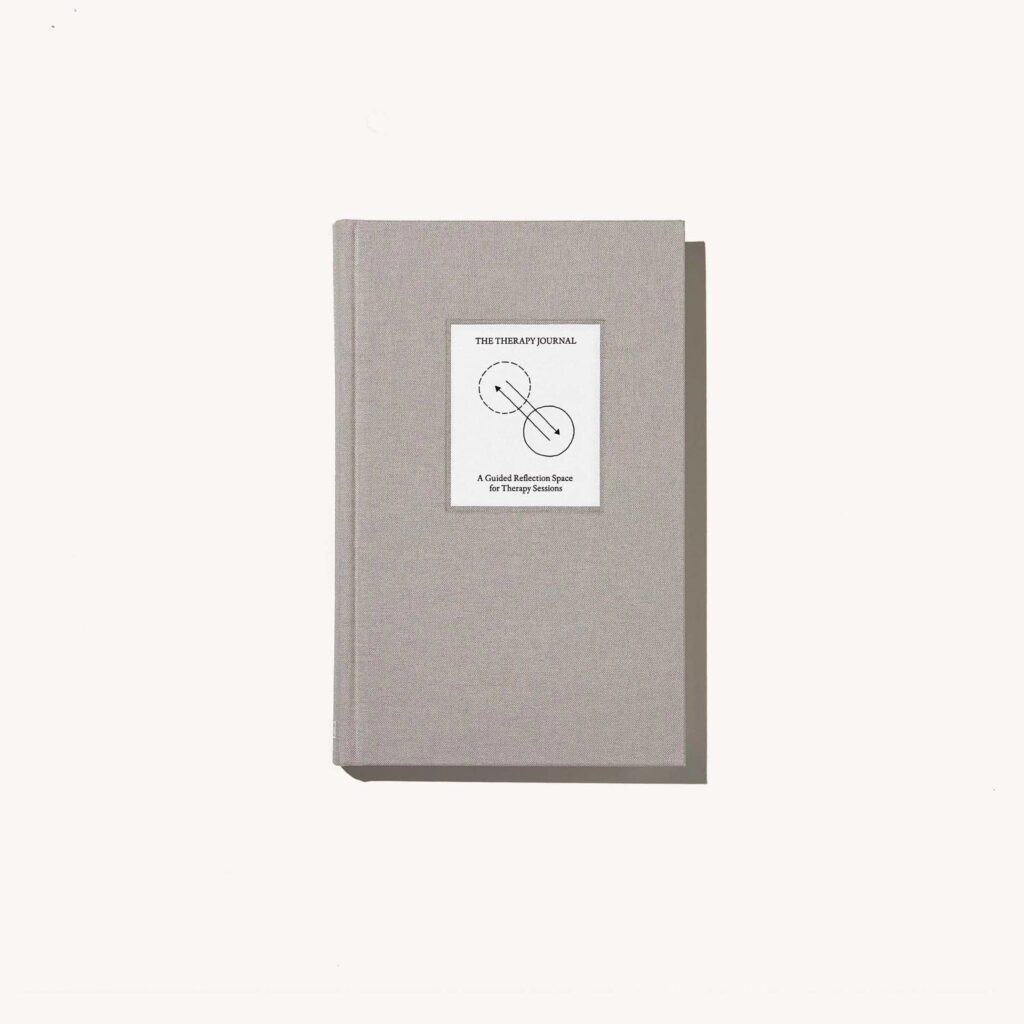
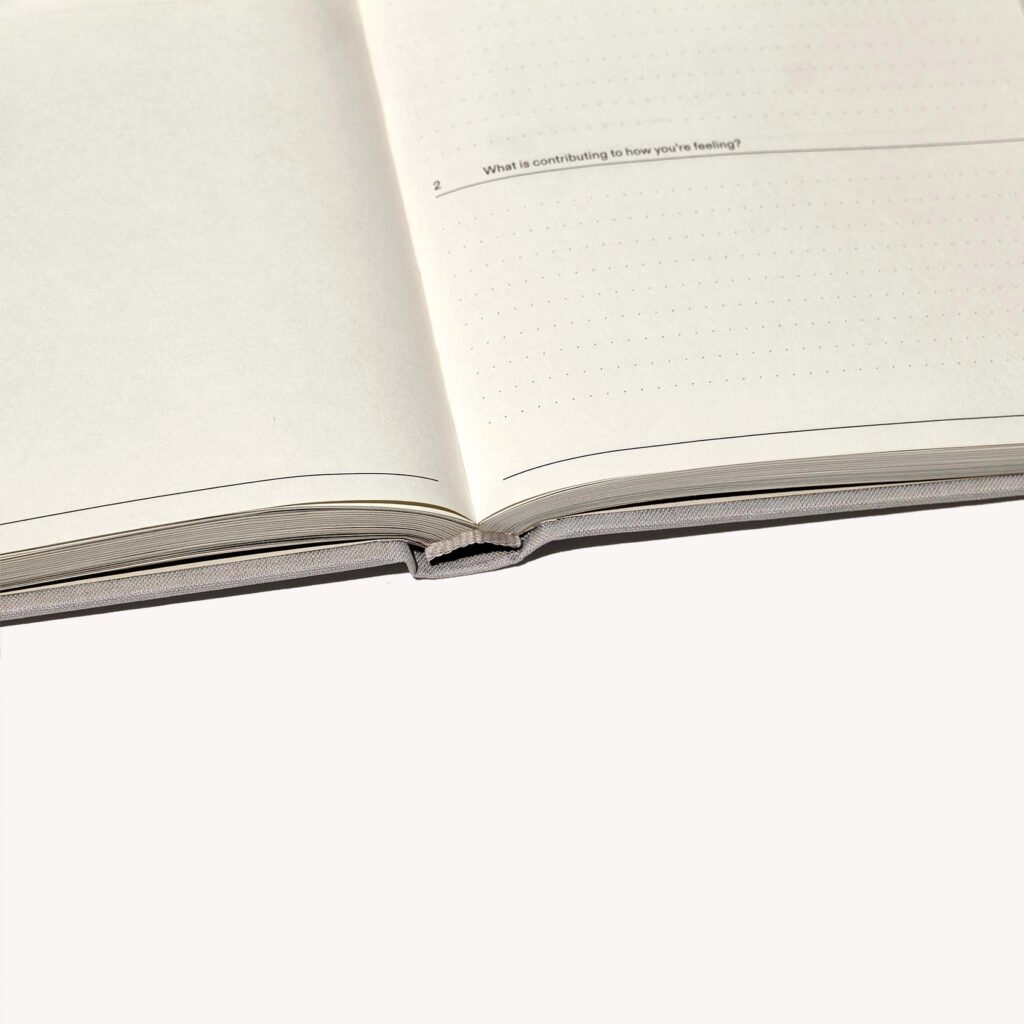

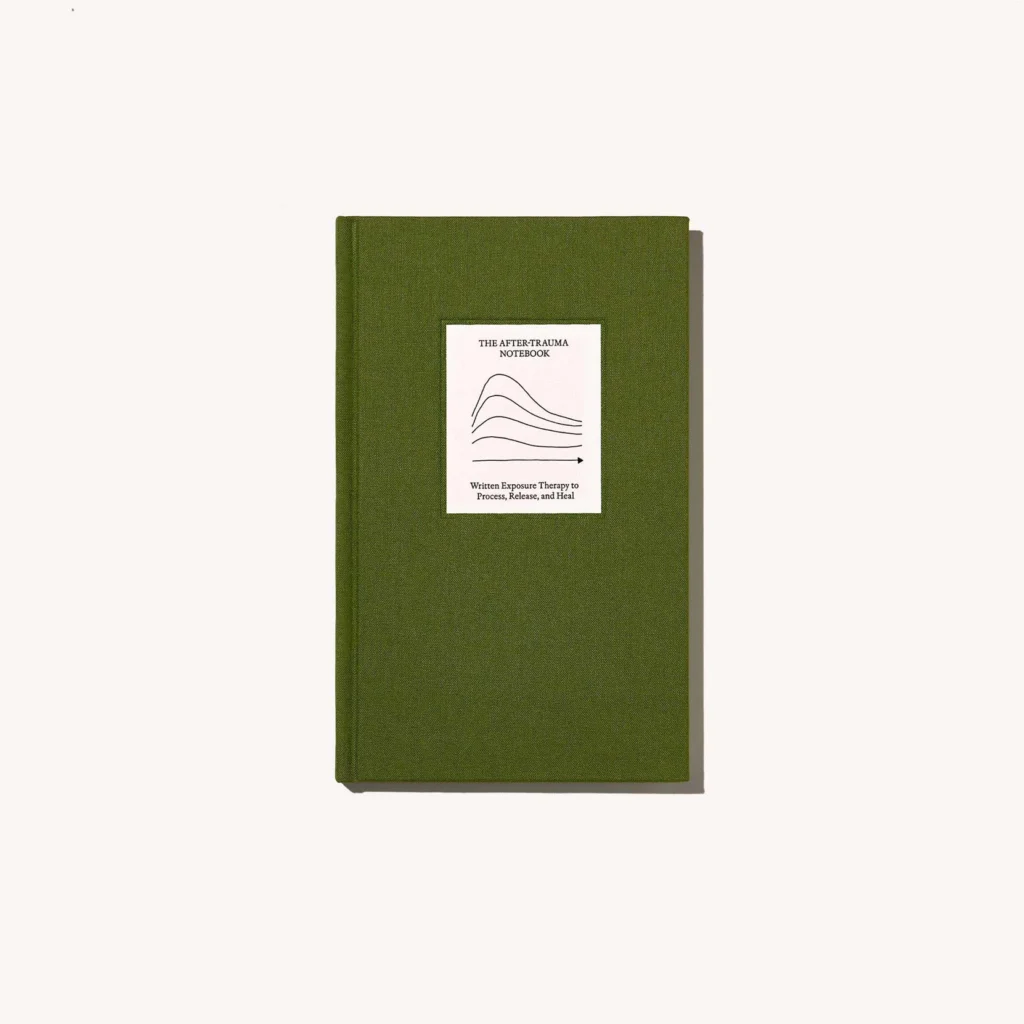
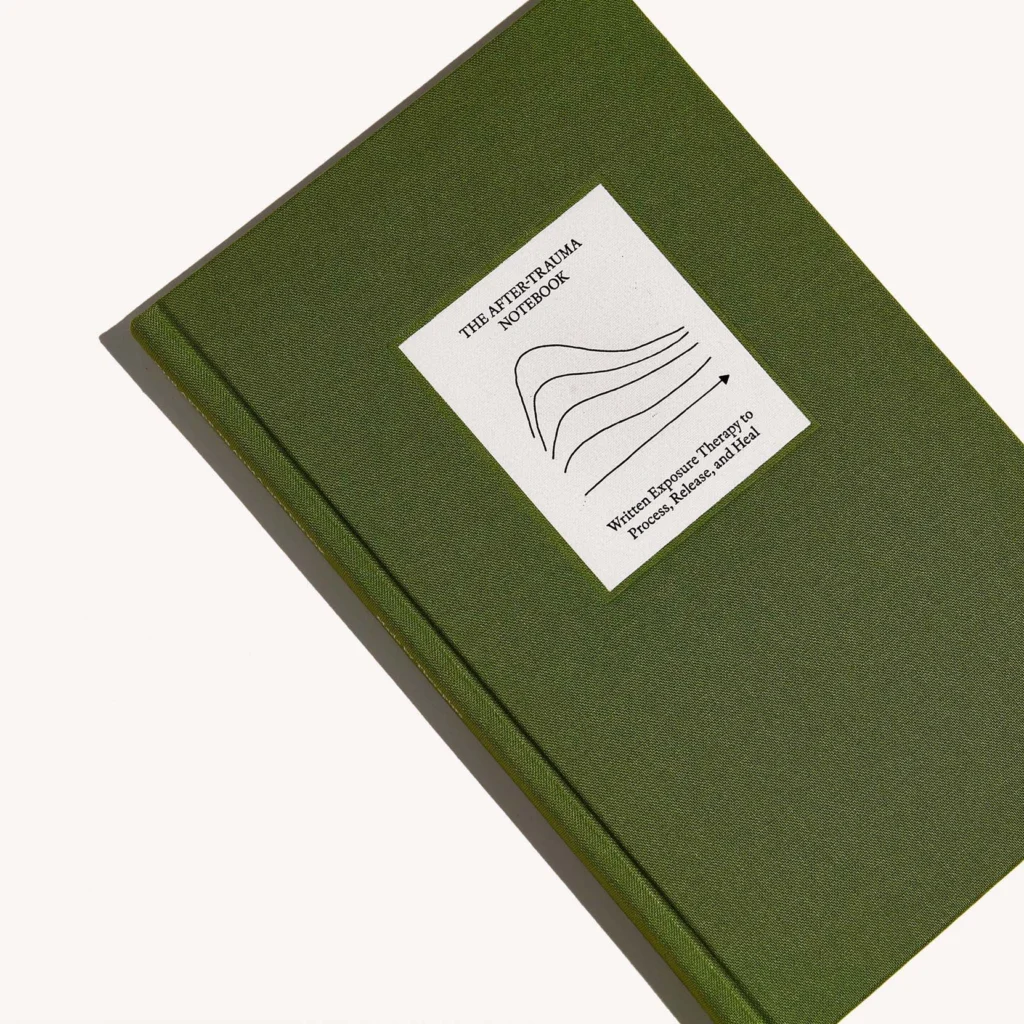

Step 4: Thought Downloads
Your mind produces thousands of thoughts daily, but most of them recycle endlessly without resolution. Thought downloads involve rapidly capturing all your thoughts on paper to externalize them and create mental space. I do this first thing with the Julia Cameron Morning Pages technique.
The Psychology of Mental Offloading
Research on “cognitive load” demonstrates that unfinished thoughts consume mental energy even when you’re not actively thinking about them. This is called the Zeigarnik Effect—incomplete mental loops continue running in the background, creating cognitive drag.
Thought downloads help complete these mental loops by externalizing thoughts, which signals to your brain that they’ve been captured and can stop running in the background.
How to Perform a Thought Download
Set a Timer: Start with 10-15 minutes. This creates urgency that bypasses your inner critic.
Write Continuously: Don’t stop to edit, organize, or judge. The goal is rapid capture, not coherent writing.
Include Everything: Capture tasks, worries, ideas, random thoughts, and emotional reactions. Nothing is too small or silly.
Don’t Organize During the Process: Resist the urge to categorize or prioritize while dumping. Organization comes afterward.
After the Download: Take a break, then review what you wrote. Circle items that require action, cross out items that no longer seem important, and note patterns you observe.
Different Types of Thought Downloads
General Brain Dump: Capture everything on your mind without specific focus.
Worry Dump: Focus specifically on anxieties and concerns. Often reveals that worries are less numerous and more manageable than they feel.
Decision Download: Capture all aspects of a difficult decision—pros, cons, fears, hopes, and considerations.
Weekly Review Dump: Process the previous week and plan for the upcoming week.
Step 5: Nature Breaks
Nature has a unique ability to restore mental clarity and reduce cognitive fatigue. Even brief exposure to natural environments can reset your attention and provide perspective on mental clutter.
The Science of Nature’s Mental Benefits
Dr. Marc Berman’s research at the University of Michigan shows that spending time in nature improves working memory and attention by up to 20%. This is due to “Attention Restoration Theory”—natural environments allow your directed attention to rest while engaging your effortless attention.
Natural environments also reduce rumination, the repetitive negative thinking that contributes significantly to mental clutter. Dr. Gregory Bratman’s Stanford research found that 90-minute nature walks reduced activity in the brain region associated with rumination.
Watch my short video with Nature Connection Coach Hana Lee Goldin on Forest Bathing.
Accessible Nature Practices
Micro-Nature Breaks: Even looking at plants, watching clouds, or sitting by a window with a nature view can provide mental restoration.
Walking Meditation: Take a 10-15 minute walk focusing on natural elements—feeling your feet on the ground, noticing trees, observing the sky.
Outdoor Breathing: Step outside for conscious breathing exercises. Fresh air and natural light enhance the mental clarity benefits of breathing practices.
Nature Sounds: When direct nature access isn’t possible, listening to natural sounds (rain, ocean, forest) can provide some mental restoration benefits.
Gardening or Plant Care: Tending to plants, even houseplants, engages you with natural growth cycles and provides grounding activity.
Urban Nature Solutions
- Find nearby parks, even small pocket parks
- Seek out tree-lined streets for walking
- Visit botanical gardens or conservatories
- Create a balcony or windowsill garden
- Take lunch breaks in outdoor spaces
- Plan weekend trips to natural areas
Step 6: Creating Mental Whitespace
Mental whitespace is unstructured time when your mind can wander freely without agenda or stimulation. Like the white space in good design, mental whitespace makes everything else clearer and more impactful.
Why Your Brain Needs Whitespace
Dr. Mary Helen Immordino-Yang’s research shows that during mental downtime, your brain activates the default mode network, which is crucial for:
- Memory consolidation
- Creative insight
- Self-reflection
- Future planning
- Moral reasoning
Without regular mental whitespace, your brain doesn’t get opportunities to process experiences, generate insights, or restore cognitive resources.
How to Create Mental Whitespace
Scheduled Emptiness: Block time in your calendar with no agenda. Start with 15-30 minutes of doing nothing specific.
Waiting Mindfully: Instead of filling waiting time (traffic, lines, appointments) with phones or mental planning, use it as natural whitespace.
Single-Tasking: Do one thing at a time without background stimulation. Eat without reading, walk without podcasts, drive without radio.
Shower Thinking: Many people get great ideas in the shower because it’s one of the few remaining spaces without digital stimulation.
Transition Time: Build buffer time between activities instead of rushing from one thing to the next.
Whitespace Activities
- Sitting quietly without agenda
- Gentle stretching or yoga
- Mindful walking
- Looking out windows
- Simple repetitive activities (folding laundry, washing dishes)
- Drawing or doodling without goals
Step 7: Intentional Input Management
What you consume mentally affects your mental state as much as what you consume physically affects your physical health. Intentional input management involves curating what information, media, and conversations you allow into your consciousness.
The Input-Output Connection
Your thoughts, emotions, and mental clarity are directly influenced by your mental inputs. Dr. Sherry Turkle’s research shows that constant exposure to negative news, social comparison, and information overload creates baseline anxiety and mental fatigue.
Conversely, consuming inspiring, educational, or calming content can enhance mood, creativity, and mental clarity.
Strategies for Intentional Input Management
News Diet: Choose specific times and sources for news consumption instead of constant updates. Focus on constructive journalism that includes solutions, not just problems.
Social Media Curation: Unfollow accounts that create comparison, negativity, or information overload. Follow accounts that inspire, educate, or bring joy.
Conversation Boundaries: Notice how different people affect your mental state. Limit time with chronic complainers while seeking out positive, growth-oriented people.
Content Quality Over Quantity: Choose fewer, higher-quality books, podcasts, and articles rather than consuming large quantities of mediocre content.
Morning Input Protection: Avoid negative or overwhelming inputs first thing in the morning when your mind is most receptive and impressionable.
Creating Your Input Strategy
Audit Current Inputs: Track what information and media you consume for a week. Notice how different inputs affect your mental state.
Design Your Information Diet: Choose specific sources for different types of information (news, entertainment, learning) and stick to them.
Create Positive Input Rituals: Start your day with something inspiring, calming, or educational rather than news or social media.
Regular Digital Detoxes: Schedule periodic breaks from all digital inputs to reset your mental clarity baseline.
Suggested Daily and Weekly Mental Detox Schedule
Creating a sustainable mental detox practice requires integrating these techniques into your regular routine rather than treating them as one-time events.
Daily Mental Detox Routine (15-30 minutes total)
Morning (10 minutes):
- 5 minutes: Mindful breathing or meditation
- 5 minutes: Intention setting or gratitude practice
Midday (5 minutes):
- Brief thought download if feeling overwhelmed
- 5-minute nature break or mindful walk
Evening (10 minutes):
- 5 minutes: Emotional journaling
- 5 minutes: Digital sunset and mental whitespace
Weekly Mental Detox Practice (1-2 hours total)
Weekly Review Session (30-60 minutes):
- Complete thought download of the week
- Process any accumulated emotions through journaling
- Plan digital boundaries for the upcoming week
- Schedule nature time and mental whitespace
Weekly Digital Detox (4-24 hours):
- Longer period without digital stimulation
- Focus on in-person connections, nature, and offline activities
- Reset your relationship with technology
Monthly Mental Detox Intensive (Half or full day)
Deep Cleaning Session:
- Extended journaling and emotional processing
- Nature immersion (hiking, beach day, park time)
- Complete digital detox
- Life reflection and goal alignment
- Input audit and curation
Customizing Your Mental Detox Practice
For Busy Professionals
- Focus on micro-practices: 2-minute breathing breaks, thought downloads during commutes
- Use technology mindfully: meditation apps, nature sounds during work
- Protect mornings: 10-minute routine before checking email
For Parents
- Model mental wellness for children by practicing together
- Use naptime or early mornings for brief detox practices
- Involve family in nature breaks and digital boundaries
For Students
- Use study breaks for breathing and mental whitespace
- Create tech-free study environments
- Process academic stress through emotional journaling
For Retirees
- Use increased free time for deeper practices
- Focus on social connection and meaningful activities
- Address life transition emotions through journaling
Common Obstacles and Solutions
“I Don’t Have Time”
Solution: Start with 5-minute practices. Mental detox often creates more time by improving focus and decision-making.
“My Mind Won’t Slow Down”
Solution: This is exactly why you need mental detox. Start with thought downloads to externalize racing thoughts.
“I Feel Guilty Doing Nothing”
Solution: Reframe mental whitespace as essential maintenance, like sleep or exercise, not laziness.
“I Don’t See Immediate Results”
Solution: Mental detox benefits are often subtle and cumulative. Track your baseline stress, focus, and mood to notice gradual improvements.
“I Keep Forgetting to Practice”
Solution: Attach mental detox practices to existing habits (after coffee, before dinner) and set gentle reminders.
Measuring Your Mental Detox Success
Week 1-2: Foundation Building
- Successfully completing chosen practices
- Increased awareness of mental clutter
- Small improvements in focus or mood
Week 3-4: Integration
- Practices feeling more natural
- Noticeable improvements in sleep or stress levels
- Greater emotional awareness and regulation
Month 2-3: Transformation
- Significant improvements in mental clarity and focus
- Better emotional balance and resilience
- Increased sense of peace and life satisfaction
- Natural expansion of practices based on benefits experienced

Your 3-Day Mental Detox Challenge
Ready to experience the power of mental detoxing? Try this 3-day introduction:
Day 1: Foundation
- Morning: 5 minutes mindful breathing
- Afternoon: 10-minute thought download
- Evening: Create one digital boundary
Day 2: Processing
- Morning: 5 minutes emotional journaling
- Afternoon: 10-minute nature break
- Evening: 15 minutes of mental whitespace
Day 3: Integration
- Morning: Combine breathing and gratitude
- Afternoon: Practice intentional input management
- Evening: Reflect on changes you’ve noticed
After three days, reflect on:

- How do you feel mentally and emotionally?
- What changes have you noticed in your focus, mood, or stress levels?
- Which practices felt most beneficial?
- How might you integrate these techniques into your ongoing routine?
Conclusion: Reclaiming Your Mental Clarity
In our hyperconnected, information-saturated world, mental clutter isn’t just inevitable—it’s epidemic. But you don’t have to accept mental overwhelm as normal. Just as you maintain your physical health through exercise and nutrition, you can maintain your mental health through regular mental detoxing.
The seven steps outlined in this guide—creating digital boundaries, practicing mindful breathing, emotional journaling, thought downloads, nature breaks, mental whitespace, and intentional input management—aren’t just techniques. They’re tools for reclaiming your mental sovereignty in an age of constant stimulation.
Mental detoxing isn’t about perfection or permanent mental emptiness. It’s about creating regular space for your mind to process, rest, and restore itself so you can show up fully for what matters most in your life.
Your mind is your most valuable asset. It deserves the same care and attention you give to your body, your relationships, and your career. When you commit to regular mental detoxing, you’re not just improving your mental health—you’re reclaiming your right to peace, clarity, and presence in your own life.
Start small, be consistent, and trust the process. Your clearer, calmer mind is waiting for you.
Experience BetterHelp’s Approach to Mental Wellness


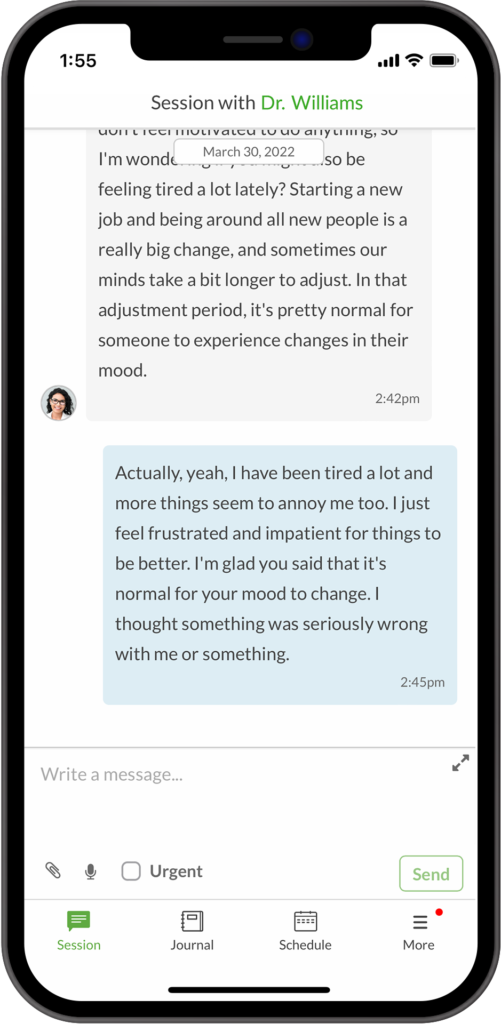
If you’re needing help and want to learn more about online therapy, I recommend checking out BetterHelp. They offer online therapy sessions with licensed therapists at an affordable price point.
As you know I’m a huge proponent of Mental Wellness and ensuring we all get the help we need when we need it. And of course, I don’t want you just to get any help I want you to get the right help so I am now sponsored by BetterHelp.
BetterHelp is the world’s largest therapy service, and it’s 100% online.
BetterHelp offers a network of over 25,000 licensed and experienced therapists who can help you with a wide range of issues.
Just click on the link below, answer a few questions and get matched with a therapist from the network.
One of the most amazing features of BetterHelp, if you don’t jive with your therapist you can switch to a new one that’s a better fit for you any time free of charge.
With BetterHelp, you get the same professionalism and quality you expect from in-office therapy, but with a therapist who is custom-picked for you, more scheduling flexibility, and at a more affordable price.
CLICK HERE FOR 10% BETTERHELP RIGHT NOW!
CHECK OUT OUR BEST-SELLING THERAPY NOTEBOOKS IN THE SHOP!
Comments +
How To Do A Mental Detox: 7 Steps To Clear Your Mind
Mental Health